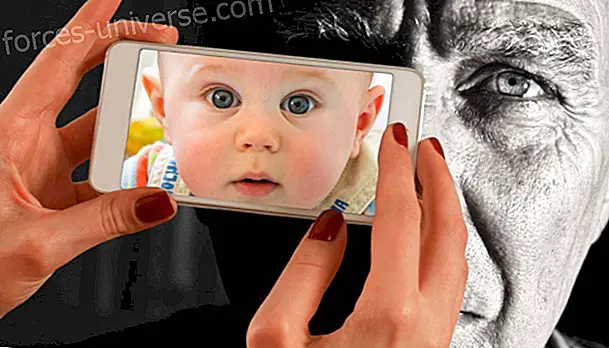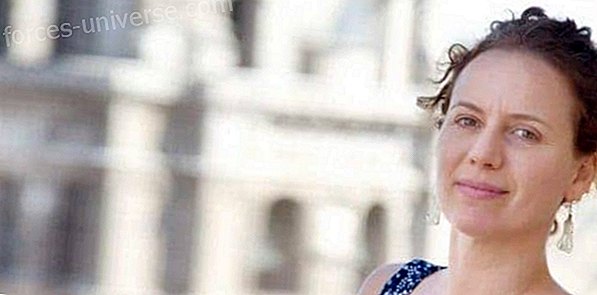
Dinsart is a non-profit association that offers specialized services of art therapy and creative therapies in different care and training fields in Barcelona. With the certainty that psychological conflicts can be worked by the patient through drawings, plastic, music, theater or dance, professionals use creation as a facilitator of communication and problem solving.
The entity proposes a wide range of activities throughout the year and has members entitled by the Spanish Professional Association of Art Therapists (ATE) who know precisely the different artistic representations as transformation tools.
Below is the interview that Positive News held with the president of the association, Anna Carlota:
Positive News: How was the idea of creating Dinsart born?
Anna Carlota: It arises from the proposal by a group of art therapy professionals during the summer of 2009, deciding to guide their professionalization jointly from the associative scope and working together in favor of its diffusion as well. And also creative therapies.
N +: What are the purposes of the entity?
AC: Facilitate access to art therapy and creative therapies to people who have more difficulties, work for the dissemination of the profession, bet on its good use and offer a space for art therapists and creative therapists to pave your professional activity.
N +: Can you explain in detail how creative therapies work?
AC: They are psycho-emotional therapies that use creative expression as the axis of communication. Like any psychotherapy, we work from the patient-therapist link but in this case, we add a third element to the process: the work or creation by the participant. In art therapy and creative therapies, we talk about the therapeutic triangle therapist-patient-work, referring to the importance of creative expression as a driver of communication and v Access to the inner world of the user.
In art therapy we mainly use drawing, painting and plastic arts as part of the process. Creative therapies refer to other expressions such as music (music therapy), dance (dance-movement therapy), theater (therapeutic theater or psychodrama) or other arts that can be used, according to In the needs, such as photography or writing, among others.
N +: What services does the association provide?
AC: We offer attention in individual and group private consultation, monographic workshops, presentation of clinical cases, ongoing workshops of art therapy and therapeutic theater, workshops for companies, training of trainers and work teams and customized projects for associations and institutions.
The rates of the activities may vary depending on the duration and contents but considering that Dinsart is a non-profit association, the prices are economical and include all the necessary material. Also some of our partner workshops are free as well as art presentations at the centers that require it.
N +: As for the result of art therapy, is there any experience you would like to share with N + readers?
AC: It is difficult to choose an experience among so many! Each person, each process is unique and so are the results. For temporary proximity, I would share one of the workshops that are currently underway: therapeutic theater. Thanks to a theatrical exercise, one of the participants was able to detect that her extreme shyness is connected to an unprocessed family situation. Throughout the session he realized that repressed anger had created a barrier between her and the others. The important thing about this work is that the patient comes to these conclusions by himself and through experience.
Another case I remember is that of a 15-year-old boy, victim of abuse and diagnosed with severe depression. We work for 25 sessions once a week. Throughout the process, he was able to use the space to express his confusion, discover his needs, build new resources and connect positively with the art therapist. This led to a new form of relationship with their classmates (from being aggressive to a mediator), a new implication in their learning process, regaining interest in the study and a physical and emotional recovery, leaving depression behind.
CONTACT INFORMATION:
www.dinsart.org






